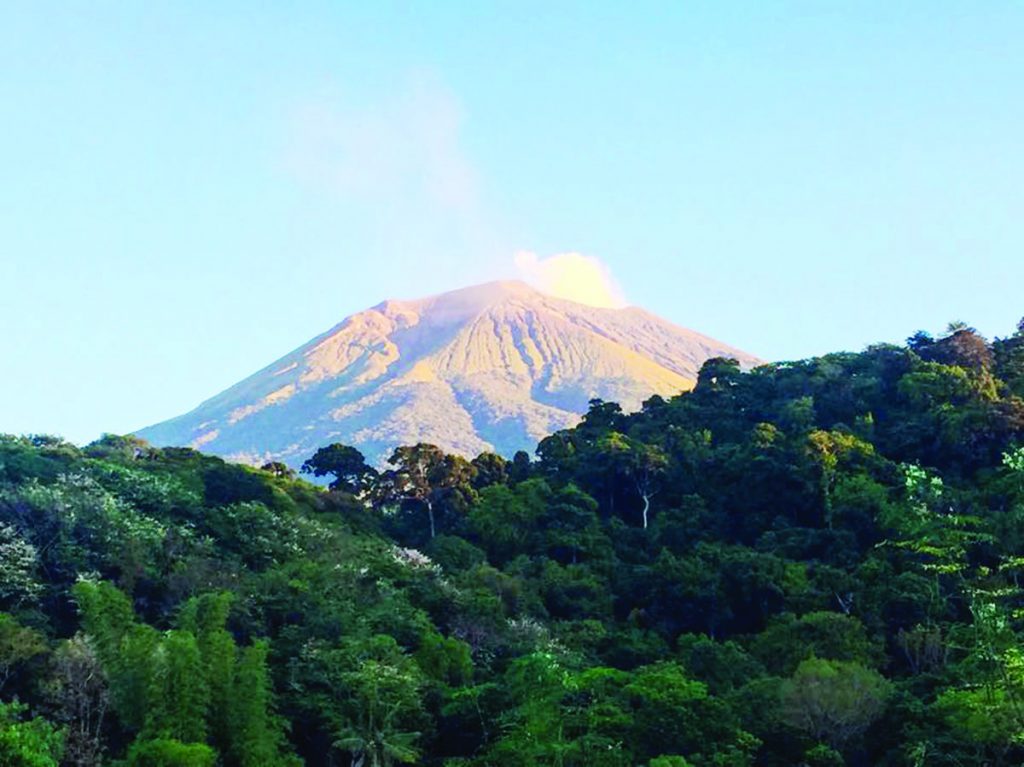
By Dominique Gabriel G. Bañaga
The Philippine Institute of Volcanology and Seismology (Phivolcs) closely monitors Kanlaon Volcano’s seismic activities after a spike in volcanic earthquakes was recorded in two days.
A Phivolcs advisory released yesterday morning said a total of 35 volcanic-tectonic tremors were recorded by the Kanlaon Volcano Network between 10:00 p.m. Thursday, July 20 and 9:06 a.m. yesterday.
The earthquakes ranged between 0.9 and 2.3 magnitude, which occurred 12 to 15 kilometers below the volcano’s crater.
“This increase is significant since we only had an average of five earthquakes from July 1 to 20,” Phivolcs Director Teresito Bacolcol said in an interview with the Philippine News Agency.
Tectonic earthquakes occur when rocks beneath the volcano move due to pressure from magma.
Bacolcol said a higher amount of sulfur dioxide gas emission also took place, averaging 786 tonnes on Tuesday, July 18, higher than the average emission of 566 tonnes per day in March.
Volcanologists have recorded short-term inflation or bulging in the volcano’s middle slopes since March of this year, citing data on the ground deformation from global positioning systems and electronic tilt measurements.
Phivolcs advised residents and local government units around Kanlaon’s four-kilometer permanent danger zone to be vigilant and refrain from going near the volcano due to increased chances of sudden and hazardous phreatic eruptions occurring without warning.
Civil aviation authorities must also advise pilots to avoid flying close to the volcano’s summit as ejecta from any sudden phreatic eruption can be hazardous to aircraft.
The Phivolcs advisory said the seismic activities indicate that fracturing at deeper levels is expected to occur and may possibly lead to Kanlaon’s further unrest.
In June, moderate plume emissions of 300 meters high and five volcanic earthquakes in Kanlaon were recorded within 24 hours.
At present, Kanlaon remains under Alert Level 1 (low-level unrest), although Phivolcs noted that should the uptrend in monitoring parameters persist, then they may raise the volcano’s alert status to Alert Level 2 to warn of increasing unrest./With reports from PNA / DGB, WDJ
